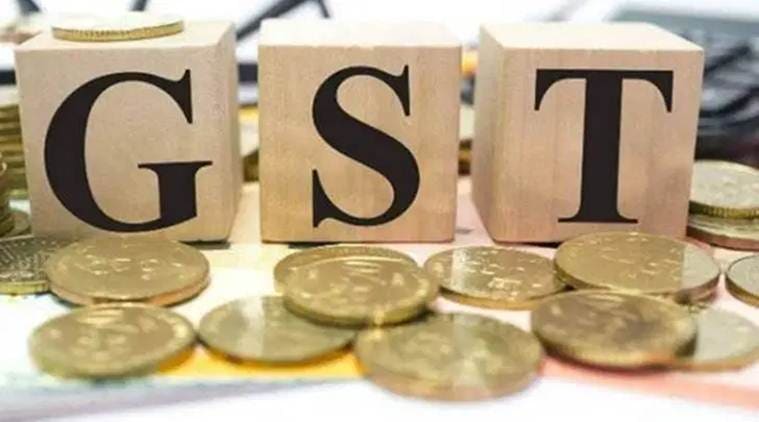 Amidst the pervading economic gloom, this is probably an opportune time for the states to look at how they can boost their GST revenues through better compliance once the economy revives. (Representational Image)
Amidst the pervading economic gloom, this is probably an opportune time for the states to look at how they can boost their GST revenues through better compliance once the economy revives. (Representational Image)
Written by V S Krishnan
More than two years after the Goods and Services Tax (GST) rollout, revenue collections from the new indirect tax regime are at the centre of a debate. Most of the states face a revenue shortfall from their protected revenues. Our studies in a few states show that some of them have lost revenues on account of taxes subsumed like the central sales tax, the entry tax and the purchase tax. The expectation that services revenue would compensate for this shortfall has not been fully realised in many states. Even in some states like Karnataka, which has a substantial services sector, these are either exported services or are in the exempted categories and therefore do not contribute to the GST revenue. Notwithstanding, our analysis shows that part of the shortfall on the services side can also be attributed to ineffective compliance verification in the services segment.
Amidst the pervading economic gloom, this is probably an opportune time for the states to look at how they can boost their GST revenues through better compliance once the economy revives. Central to this should be the task to building administrative capacities in services taxation, which in the pre-GST period was in the domain of the Centre. This capacity building effort must include integrated training programmes which focus on the principle of services taxation, and the grooming of officers for audit and skills in the evaluation of financial documents of companies from a compliance angle. Preparation of services profiles would be useful as services, unlike goods, are unique in that each service has its own business model. The creation of subject matter specialists in services could be part of the capacity building effort. In short, states must focus on the “S” in the GST.
The second area to look at is the functional reorganisation of the commercial tax department of the states, especially in the area of compliance verification by making a clear distinction between the three prongs of the compliance verification system — “return scrutiny”, “audit” and “anti-evasion”. The administrative structure must be built around key business processes like “registration”, “payment of duty”, “return scrutiny”, “audit”, “anti-evasion” and “dispute resolution”. The structure should also provide for certain supportive processes like training and taxpayer services.
Capacity building will take time and therefore states would need to collaborate with the Centre. In the interim period, the skill deficit could be addressed through joint audit by Central and state government officials of certain select pan-Indian services like telecom banking and insurance. CBIC which was earlier handling the audit function could share their audit experience with the states. For this to happen, we need an institutional arrangement in the form of the GST Secretariat which would consist of senior state and Central officers in each state. This body could be registered under the Society Act and be provided with a dedicated secretariat. The running cost of the secretariat could be jointly shared by the Centre and states. The administrative structure could be similar to the empowered committee of the state finance ministers’ which later morphed into the GST council.
The present idea of creating state-level grievance councils is too limited in scope and lacks an institutional structure to be effective. The states could moot this idea in the GST council. The terms of reference of the state GST Secretariat could be drawn up clearly to include joint compliance verification with the sharing of risk profiles of companies, grievance redressal and administrative coordination. Presently, the collaboration at the state level between the Centre and state officials is more dependent on the local chemistry. This may not help much. The new GST Secretariat can help to forge the bonds of fiscal friendship between the Centre and the states, and would also boost state efforts at better compliance. Reforms in difficult time are not easy but as Max Weber said — “it is like the slow boring of hard boards”. The slow boring must go on.
The writer is national leader – Tax and Economic Policy Group, EY India